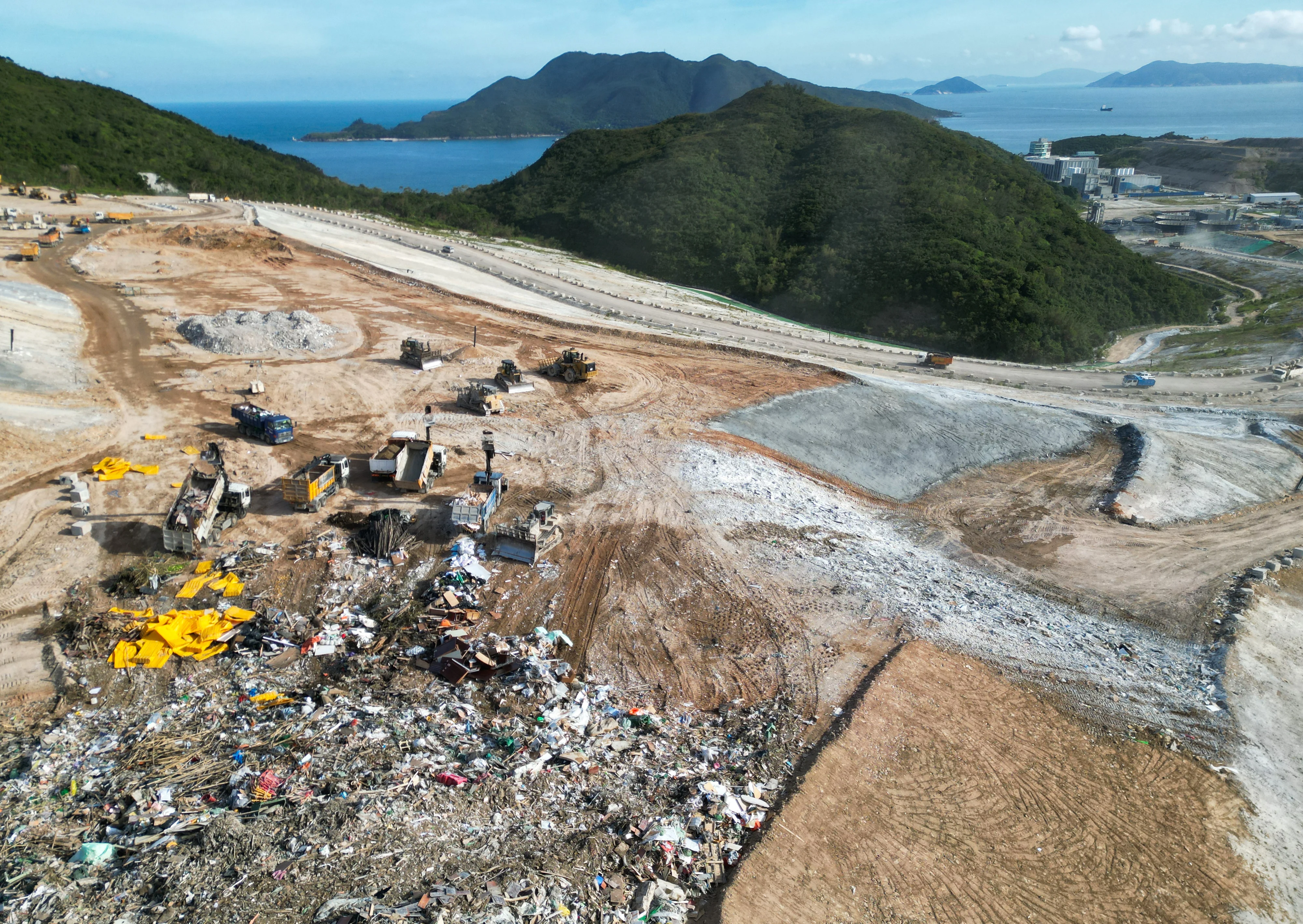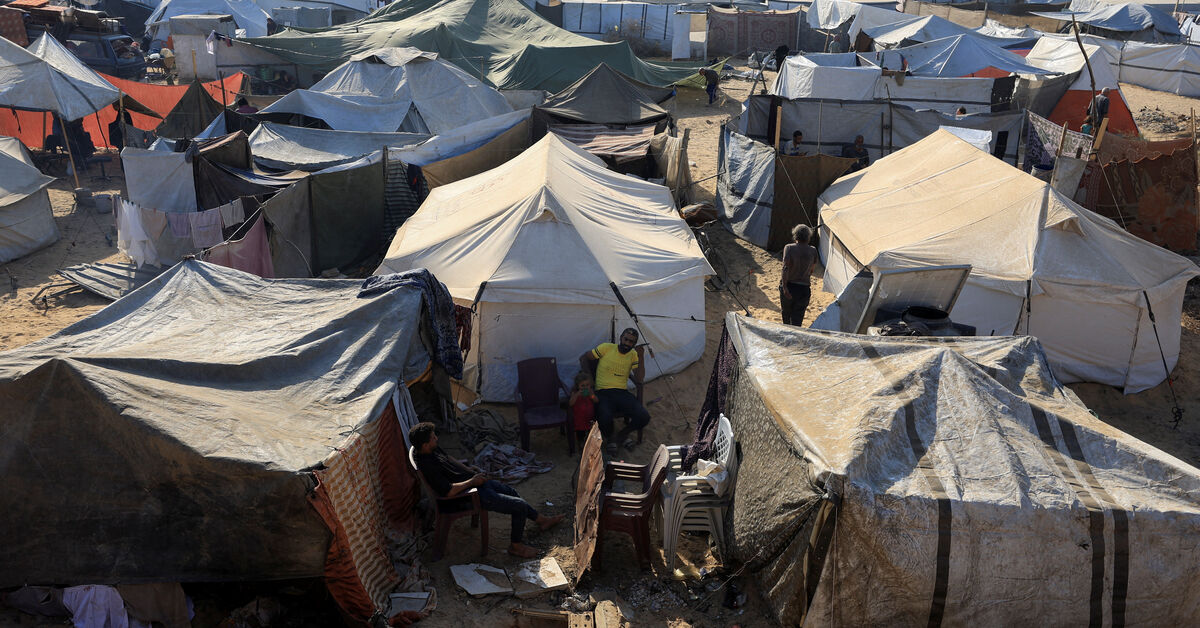By Rico Wong
Copyright scmp

As a super typhoon headed towards the city last week, the government announced that the long-delayed waste-charging scheme would remain indefinitely suspended.
The broader socioeconomic challenges confronting Hong Kong are real. However, the city risks forfeiting a critical opportunity to meet the target set in the Waste Blueprint for Hong Kong 2035, a gradual reduction in per capita waste disposal by 40 per cent to 45 per cent. This delay may also impede Hong Kong’s ability to meet its 2050 carbon neutrality goal.
According to government-cited surveys, public sentiment has leaned against the waste-charging scheme’s implementation, especially against the backdrop of the city’s economic sluggishness. Yet, should a downturn be considered a valid justification for shelving a policy designed to safeguard long-term environmental and fiscal sustainability?
Citizens might not be required to pay directly for waste disposal now, but the financial implications of the city’s current disposal system are substantial. The cost of landfill disposal for every tonne has nearly doubled over 10 years, from HK$191 in 2013 to HK$367 (US$47) in 2023. Incineration at the Shek Kwu Chau facility is even more costly, at around HK$816 per tonne.
Persistently high waste volumes place an extremely heavy burden on public finances. Without meaningful waste reduction measures, more investment in incineration facilities will be inevitable, which could cut into government spending on education, healthcare and social welfare.
It appears that some members of the public may have lost sight of the fundamental rationale behind the waste-charging scheme approved by the Legislative Council in 2021.
Based on the “polluter pays” principle, the scheme has the potential to discourage unnecessary waste generation, thereby alleviating pressure on landfills, reducing operational and land use costs and curbing environmental degradation such as excess carbon emissions, all of which are ultimately borne by public funds. In light of these challenges, citizens and political parties should not only consider their interests but also the government’s fiscal health.
There is a common misconception that incineration, despite its high cost, offers a convenient solution to waste management. In reality, incineration is not only costly; it also produces large amounts of bottom ash and toxic fly ash, which could require further landfill disposal and specialised treatment.
In contrast, the scheme’s annual revenue has been estimated to be HK$1.79 billion. This funding could be channelled into clean recycling practices, public education and advancing the circular economy.
This approach would align with the highest priority of avoidance and reduction, as outlined in the waste hierarchy, and may further reduce both the amount of waste and the government’s expenditure on waste management in the long run.
Compared to major cities in mainland China, Hong Kong’s progress has been quite slow. Shanghai and Beijing introduced mandatory waste sorting as early as 2019 and 2020, respectively. Nationwide, the producer responsibility scheme has been rigorously enforced and numerous single-use plastics are being phased out.
These efforts have led to substantial waste volume reductions, as well as higher recycling rates in Beijing and Shanghai, at around 42 to 43 per cent respectively. In contrast, Hong Kong’s recycling rate has only risen to around 33 per cent, far below the 2035 target of 55 per cent set in the waste blueprint.
In preparing for the scheme’s roll-out, the government expanded the city’s recycling network. Food waste recycling, in particular, has been well received by the public. By the end of 2025, the number of residential smart recycling bins and food waste collection facilities is expected to jump to 1,600, addressing concerns about limited capacity.
If food waste, which in recent years has been estimated to account for about 30 per cent of municipal solid waste, can be separated and properly collected, the prepaid designated bags could be used more efficiently, significantly reducing the cost of waste disposal for households.
According to the government, 90 per cent of survey respondents have expressed a willingness to proactively reduce and recycle waste; this is a good foundation for implementation of the waste-charging scheme. However, without economic incentives, public enthusiasm may wane.
It is encouraging that Secretary for Environment and Ecology Tse Chin-wan recently said Hong Kong has not necessarily abandoned the scheme. However, this must be underpinned by strategic planning that draws on experience.
The Green Earth recommends that policymakers initially launch the scheme across all public premises, except for public housing estates, to gain valuable operational experience and foster public confidence in a phased citywide roll-out. The authorities must also address legal liability concerns faced by sanitation workers and ensure adequate support for underprivileged families once the scheme is broadly implemented.
If the government can establish a robust promotional and educational strategy for the scheme – clearly communicating its rationale and efforts to mitigate the impact of its changes rather than focusing on waste disposal rates is a good start – I believe Hongkongers will lend their support, as they did in the early 2010s.
Between 2003 and 2023, Hong Kong’s overall greenhouse gas emissions declined by about 14 per cent. However, emissions attributable to waste increased by 25 per cent, reaching 2.92 million tonnes in 2023. Even after accounting for population growth, per capita emissions rose by 11 per cent.
With both the waste blueprint and carbon neutrality targets in sight, Hong Kong must not be content with incremental progress. The government has responsibility for taking decisive action to mitigate both environmental and fiscal pressures without delay.



